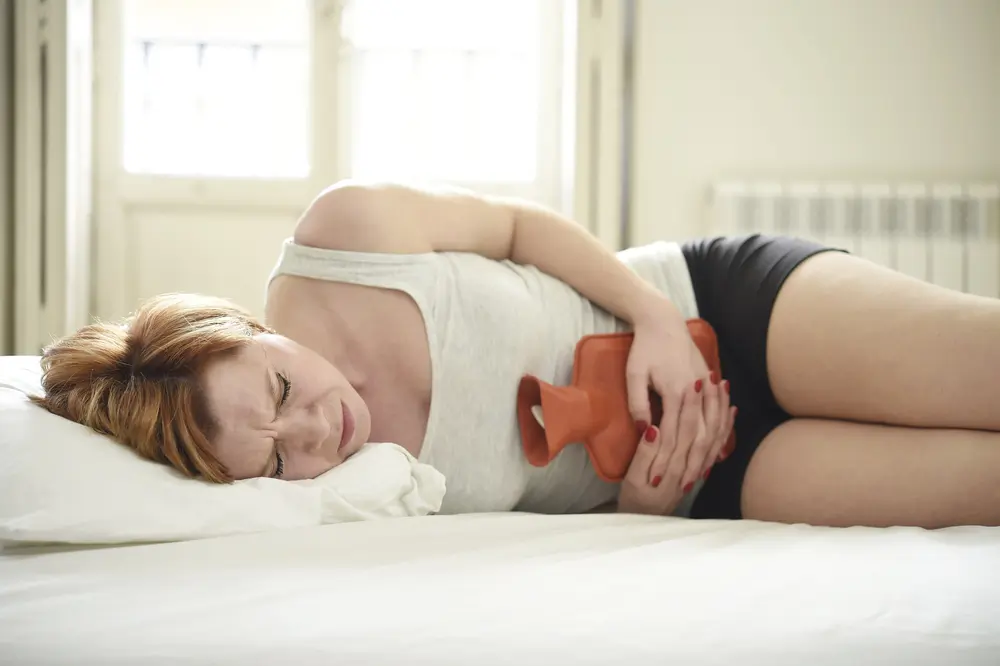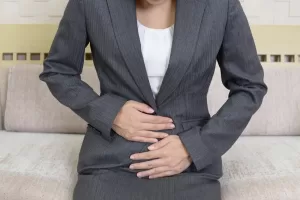Endometriosis and painful periods
Endometriosis is a condition that affects about 1 in 10 women, most commonly between the ages of 25 and 40. If a woman has endometriosis, the kind of tissue that lines the uterus (womb) starts to grow outside the uterus, in places where it shouldn’t normally be- most commonly on and around the ovaries, the fallopian tubes, and occasionally the bowel or other locations. The trouble is, this tissue tends to bleed each month when a woman has her period, leading to inflammation, pain and scarring.
What are the symptoms of Endometriosis?
Some women are not aware they have Endometriosis, as they have no symptoms. The most common symptoms are pelvic pain and painful periods- and these tend to worsen over time. In addition, women may experience pain during sex, pain when passing urine or bowel motions (often worse during a period), constipation, diarrhoea, bloating and fatigue. Cysts called endometriomas may form in the ovaries. Infertility may also occur, thought to be caused by scarring in the fallopian tubes, though there may be other factors.
What causes Endometriosis?
It’s not certain, but the most widely accepted explanation is that during a period, some of the menstrual blood which is shed from the lining of the uterus passes backwards, up through the fallopian tubes, and from there into the pelvis where it attaches itself to the ovaries and other organs, and then goes on to bleed each month when a woman has her period. Endometriosis also seems to run in families, with several genes that can pass it on from generation to generation.
Though it can sometimes be picked up on an ultrasound, the best way to diagnose Endometriosis is by laparoscopy- a form of keyhole surgery where a camera is passed into the tummy through a small incision, allowing a gynaecologist to look directly into the pelvis. However, a woman’s symptoms don’t always correspond to the amount of endometriosis seen during such a test- patients with what looks like mild endometriosis during laparoscopy may be experiencing very severe symptoms, while those with lots of visible endometriosis may have few or no symptoms.

Treatment usually starts with painkillers and anti-inflammatories, and sometimes hormonal treatments like the contraceptive pill or an intrauterine device to alleviate painful periods. If they are not helpful, or if infertility is an issue, surgical options may be considered- the areas of endometriosis are removed or burnt off (though they can come back). There is some evidence that these types of surgery can improve the chance of pregnancy, but for some women, fertility treatments such as IVF may also be necessary. In severe cases, and where pregnancy is not planned, hysterectomy (surgical removal of the uterus) may be considered. Endometriosis tends to settle as women pass into the menopause.
Endometriosis is common, so if any of the above symptoms relate to you, it’s worth talking to your doctor to find out more.
Getting a Mental Health Care Plan in Australia: Your Guide
Getting a Mental Health Care Plan in Australia: Your Guide Mental health matters—and if you’re feeling overwhelmed, anxious, or down, a mental health care plan can help. But what is it, and how do [...]
UTI Symptoms and Treatment: What You Need to Know
UTI Symptoms and Treatment: What You Need to Know Urinary Tract Infections (UTIs) are common, uncomfortable, and often disruptive. But what exactly are the signs to watch for, and how can you get relief [...]
Free Mental Health Care Plan Online | Bulk-Billed by Qoctor
Free Mental Health Care Plan Online | Bulk-Billed by Qoctor Discover how to get a free, bulk-billed Mental Health Care Plan (MHCP) in Australia through Qoctor's telehealth service. Accessing [...]




